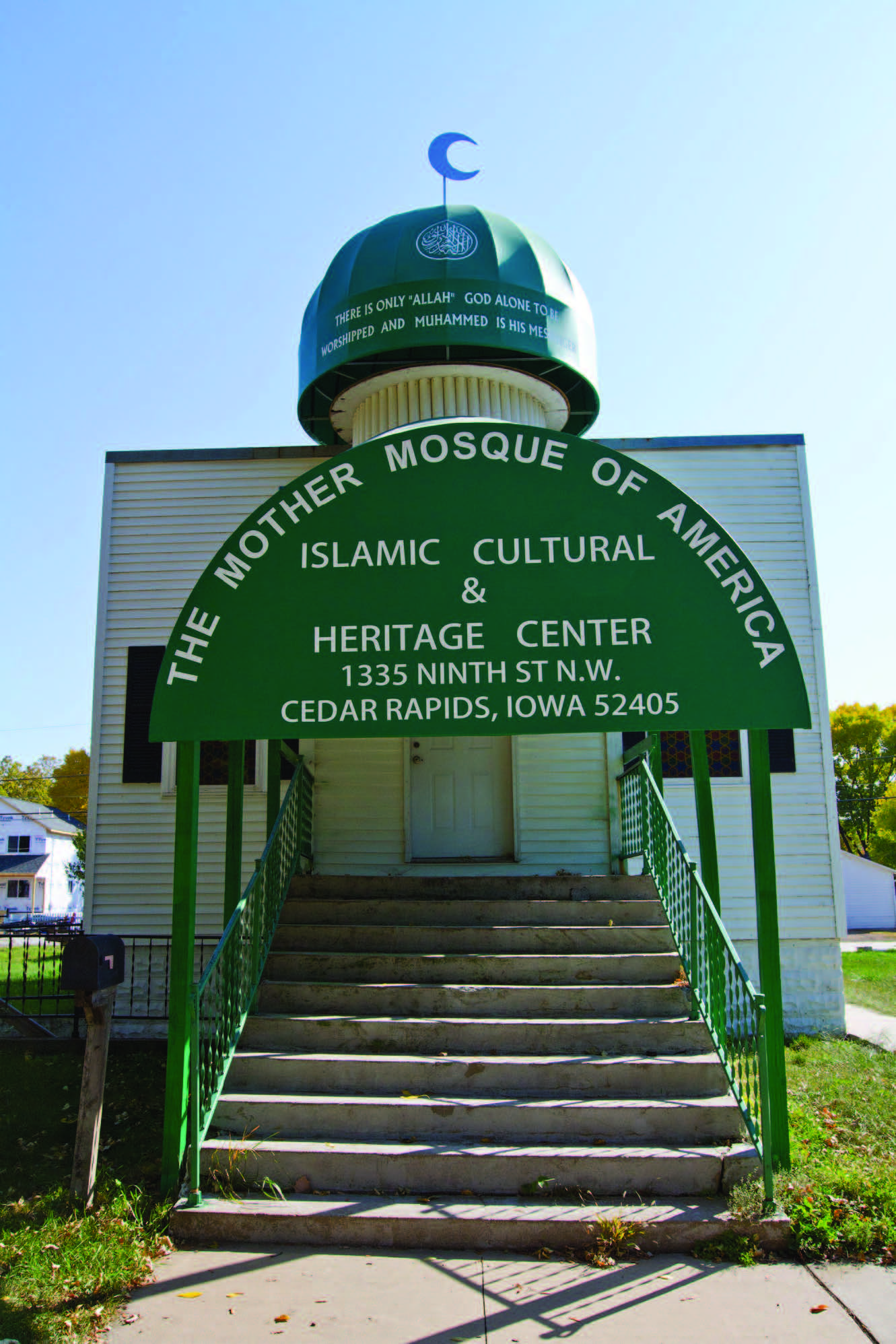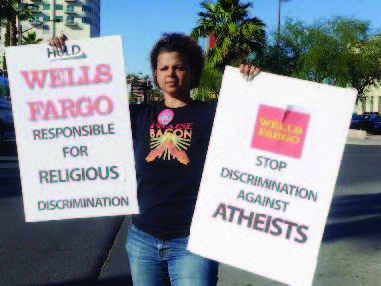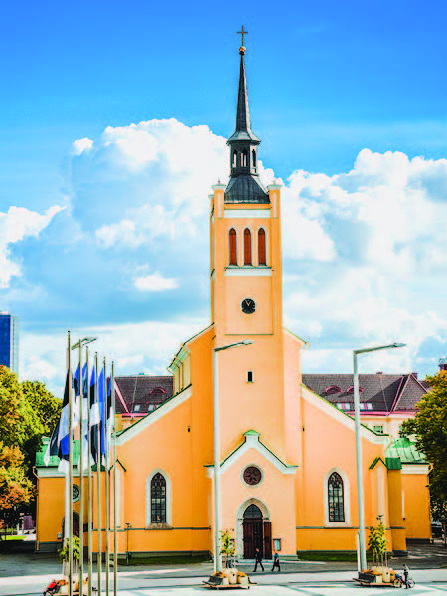
![]()

Source: ArtisticAbode, 2012 (Creative Commons Attribution-Share Alike 3.0 Unported)
Increasing numbers of African American mosques are closing while the overall number of mosques in the United States continues to expand, according to a new report. “The American Mosque 2020: Growing and Evolving,” a study jointly published by the Islamic Society of North America, the Center on Muslim Philanthropy, and the Institute for Social Policy and Understanding was conducted by Ihsan Bagby, who produced similar reports in 2001 and 2010. Bagby writes that in “2020, the US Mosque Survey counted 2,769 mosques, which is a 31 percent increase from the 2010 count of 2,106 mosques. Undoubtedly, the primary driving force for the increase of mosques is the steady expansion of the population of Muslims in America due to immigration and birth rate.” The report found that prayer services held in mosques on Fridays, a practice known as jumah, averaged 410 attendees before the coronavirus pandemic in 2020—an increase over the 2010 figure of 353. Nearly two-thirds of mosques recorded an increase of 10 percent or more in jumah attendance during the period under study. Bagby also found social capital among mosque members high, being more likely on average to participate in interfaith and civic efforts than members of other religious groups. The opposition to the construction of Muslim places of worship suggests that anti-Muslim discrimination continues and is more institutionalized than other forms of religious discrimination in the United States, Bagby concludes.
(The report can be downloaded at: https://www.ispu.org/public-policy/mosque-survey/)

![]()
A new study of the American secularist community confirms the largely white, older, and highly educated makeup of people involved in atheist and secular humanist groups, although finding them to be more politically liberal and to have higher representations of LGTBQ individuals than previous studies. The study, presented at the June Zoom conference of the Nonreligion and Secularity Research Network (NSRN), attended by RW, is said to be the largest of its kind on organized secularism (as opposed to nonbelievers uninvolved in secular organizations), with 12,977 respondents, and was conducted by Dusty Hoesly, Joseph Blankholm, and Courtney Applewhite of the University of California at Santa Barbara. The survey found that 64 percent of respondents were 50 and over, with a median age of 61, and that 93 percent were white, 50 percent male, and 74 percent holders of a bachelor’s degree. Most of the respondents identified as “atheist” (79 percent), with a smaller number calling themselves “secular humanists” or “freethinkers.” But in comparing their work to previous studies of this population, the researchers found today’s secularists to be more politically liberal (with only one percent saying they were Republican) and to have a higher rate of LGBTQ identification (15 percent).
These secular “joiners” are different than secular “non-affiliates,” who are younger, more female, and more politically moderate, according to a related survey that was presented at the session. That study, conducted by Juhem Navarro-Rivera of Socioanalítica, was based on a 2021 “Secular Voices Survey,” which included 1,505 secular non-joiners. In comparing his findings with the University of California survey, Rivera found the age distributions to be complete opposites. Non-joiners also are less politically active, less strict church-state separationist (being less likely to agree that the phrase “one nation under God” in the Pledge of Allegiance is unconstitutional), and more critical of liberal immigration policies, with 90 percent of joiners supporting more liberal immigration laws compared to 50 percent of non-joiners.
![]() While a large majority of adults in the United States support allowing marijuana use to some extent, the degree of acceptance varies according to Americans’ religious identity and their levels of religious commitment, according to an analysis by the Pew Research Center. Among American adults who identify with a religious group, just over half agree that marijuana should be legal for medical and recreational use, while roughly a third say it should only be legal for medical use. Among non-affiliated people, by contrast, about three-quarters say marijuana should be legal for both medical and recreational purposes, while only a fifth say legal marijuana use should be confined to medical reasons.
While a large majority of adults in the United States support allowing marijuana use to some extent, the degree of acceptance varies according to Americans’ religious identity and their levels of religious commitment, according to an analysis by the Pew Research Center. Among American adults who identify with a religious group, just over half agree that marijuana should be legal for medical and recreational use, while roughly a third say it should only be legal for medical use. Among non-affiliated people, by contrast, about three-quarters say marijuana should be legal for both medical and recreational purposes, while only a fifth say legal marijuana use should be confined to medical reasons.
White evangelical Protestants were the only group with fewer than half (44 percent) saying marijuana should be allowed for both medical and recreational use. A similar share agreed that it should be legal only as a medical treatment, while 14 percent said it should not be legal for either purpose. Larger proportions of white mainline Protestants and black Protestants (62 percent and 63 percent, respectively) say marijuana should be legal for medical and recreational use, with smaller shares (31 percent and 28 percent) favoring legal marijuana only as a medical treatment. Among Protestants and Catholics overall, views on marijuana were found to be quite similar.
(The Pew analysis can be downloaded at: https://www.pewresearch.org/fact-tank/2021/05/26/religious-americans-are-less-likely-to-endorse-legal-marijuana-for-recreational-use/)

Source: Max Pixel (Creative Commons Zero – CC0 License)

St. John’s Church, Tallinn, Estonia (source: Sami C., 2015 | Flickr).
![]()
Estonia, regarded as one of the most secular and even atheistic of nations, has been found to have a number of growing churches characterized by strong pastors, hospitality to people outside the congregation, and community service. Writing in the journal Occasional Papers on Religion in Eastern Europe (June), researchers Ago Lilleorg, Kaldo Soom, and Tonu Lehtsaar conducted interviews with congregants from nine growing churches (from Baptist, Lutheran, Methodist, Pentecostal, and Seventh Day Adventist denominations) in Estonia from 2019 to 2020. Although some of the churches still had small congregations, most had shown over 50 percent growth between 2003 and 2017. One of the most common features of these churches was their “open” atmosphere where attendees would feel at home and valued, sometimes expressed in having tangible and physical needs met. An outward focus toward the wider community and society, such as assisting refugees, the disabled, and the homeless, was more evident than an emphasis on the proclamation of the Gospel. The clergy in these churches practiced teamwork and had a strong relational thrust to their ministries, yet their social focus could also lead to burnout. As found in many successful religious movements, members’ social networks helped to draw in new attendees, according to Lilleorg, Soom, and Lehtsaar.
(Occasional Papers on Religion in Eastern Europe, https://digitalcommons.georgefox.edu/ree/)